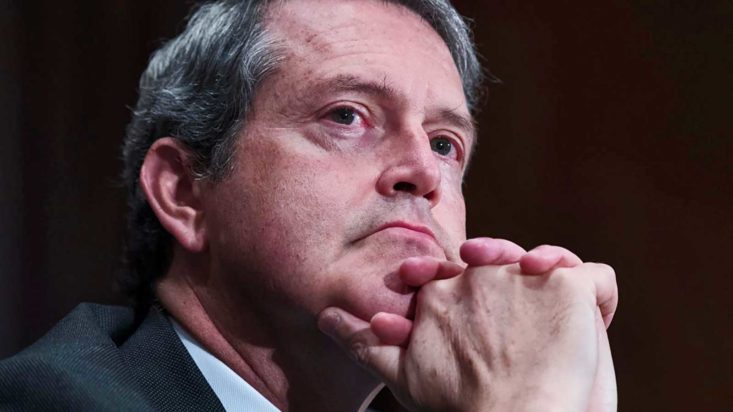Inflation misdirection: why tapering won’t stop the bull market
‘Inflation risk is real’. ‘Federal Reserve turns hawkish’. ‘Tapering to begin in November’.
These were the headlines that followed Federal Open Market Committee (FOMC) member Randal Quarles’ speech at a conference last week. Yet the headlines once again highlight the risk of confirmation bias that afflicts even the most objective, professional investors.
While the headlines were true, in that Quarles did support a decision to start reducing the Fed’s massive bond purchasing program in November, the coverage missed a significant amount of discussion and commentary about what has actually been occurring in the economy.
In a wide-ranging speech, Quarles offered insights into the FOMC’s decades of experience and both the issues and opportunities that are arising as a result. At present, he suggested, “supply bottlenecks and labor shortages…..are camouflaging continued strong underlying demand,” but this does not of itself lead to the inflation outbreak that we all fear.
There is a growing list of expert hedge fund investors, billionaires and economists suggesting the Federal Reserve is “behind the curve” and not doing enough to avoid a disastrous economic outcome. The speech directly targeted this cohort, with Quarles stating he doesn’t believe the Fed is behind the curve for three key reasons: “most of the biggest drivers of the very high current inflation rates will ease in coming quarters; some measures of underlying inflation pressures are less worrisome; and longer-term inflation expectations are anchored, at least for now.”
Looking beyond the headline figures, he reiterates that “the inflation we have experienced so far has been very unusual and largely related to supply constraints associated both with production and distribution problems related to COVID, and with a demand shock arising from the unprecedented and rapid reopening of the economy.”
Clearly, this is not an unexpected result following a global pandemic not seen for several decades and not once in the careers of those managing money or pontificating about economies today. Referring to the “trimmed mean” measure of inflation, which systematically removes prices that are increasing or decreasing at ‘abnormally large rates’, the true inflation rate may well be as low as 2 per cent. This once again highlights the importance of policymakers seeking to ‘look through’ the short-term data towards the longer-term trend, something very difficult for market participants to do.
The concept of ‘transitory’ inflation remains misinterpreted, with many believing transitory must be short-lived, when it actually refers to the source of said inflation. That said, if inflation remains high for too long, it may impact on inflation expectations, which then impact on wage growth. But ultimately the dilemma faced by the Federal Reserve is likely clear to everyone:
“Demand, augmented by unprecedented fiscal stimulus, has been outstripping a temporarily disrupted supply, leading to high inflation. But the fundamental productive capacity of our economy as it existed just before COVID—and, thus, the ability to satisfy that demand without inflation—remains largely as it was”. That likely suggests a return to below trend-growth after this is all over.
Quarles reiterated that regardless of the ultimate inflation result, the Federal Reserve is as confident as ever that it ‘has the framework and tools to address’ inflation.











